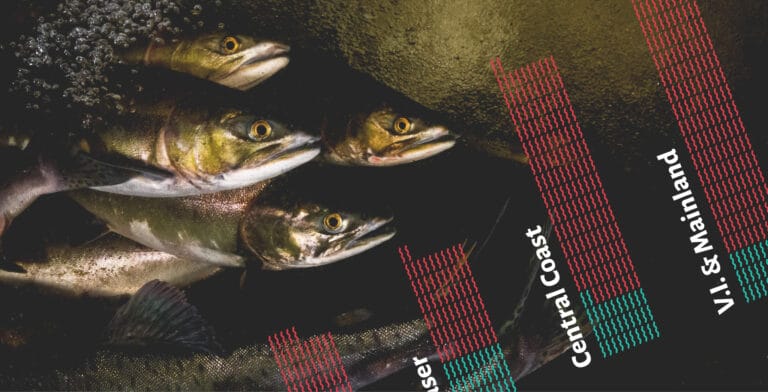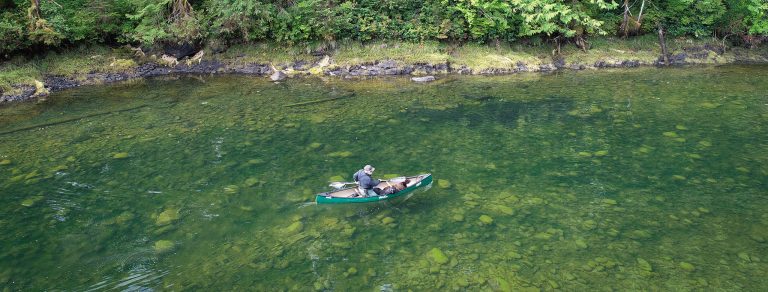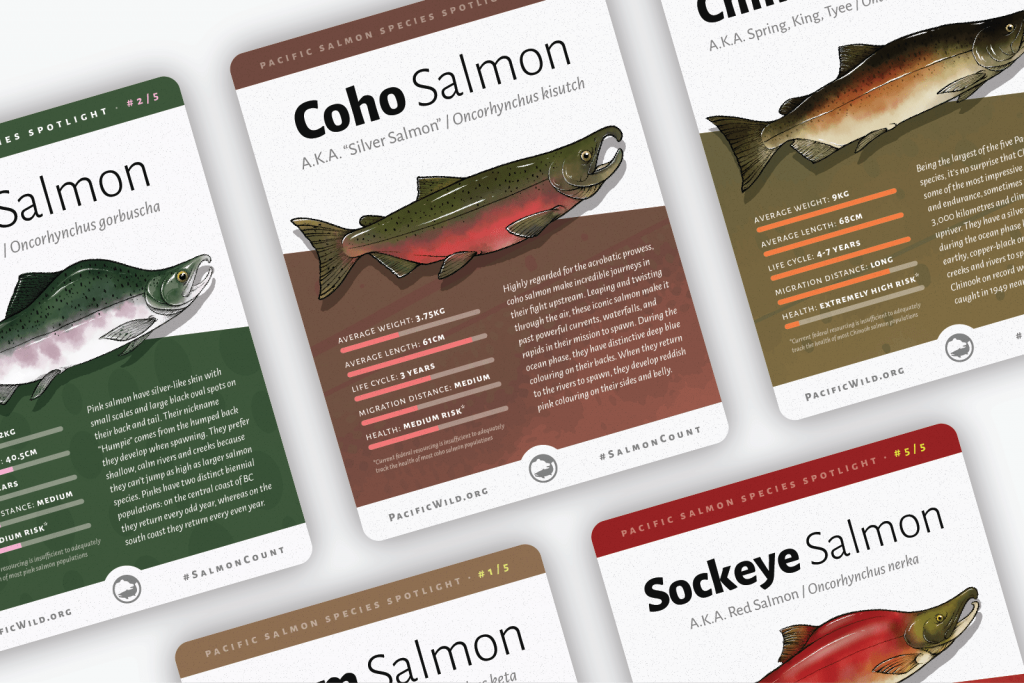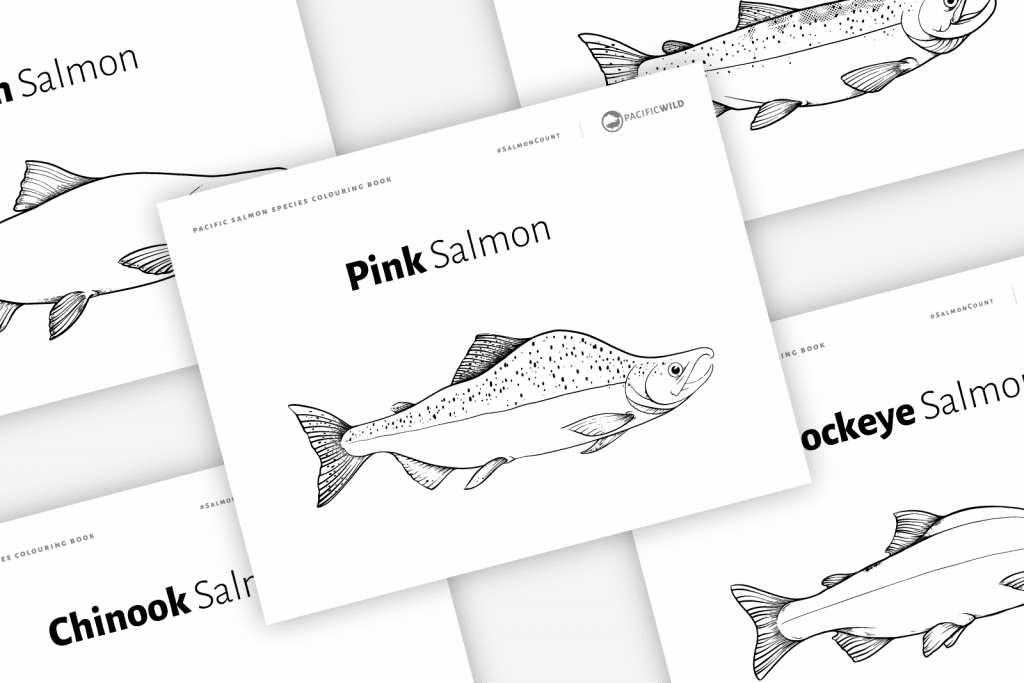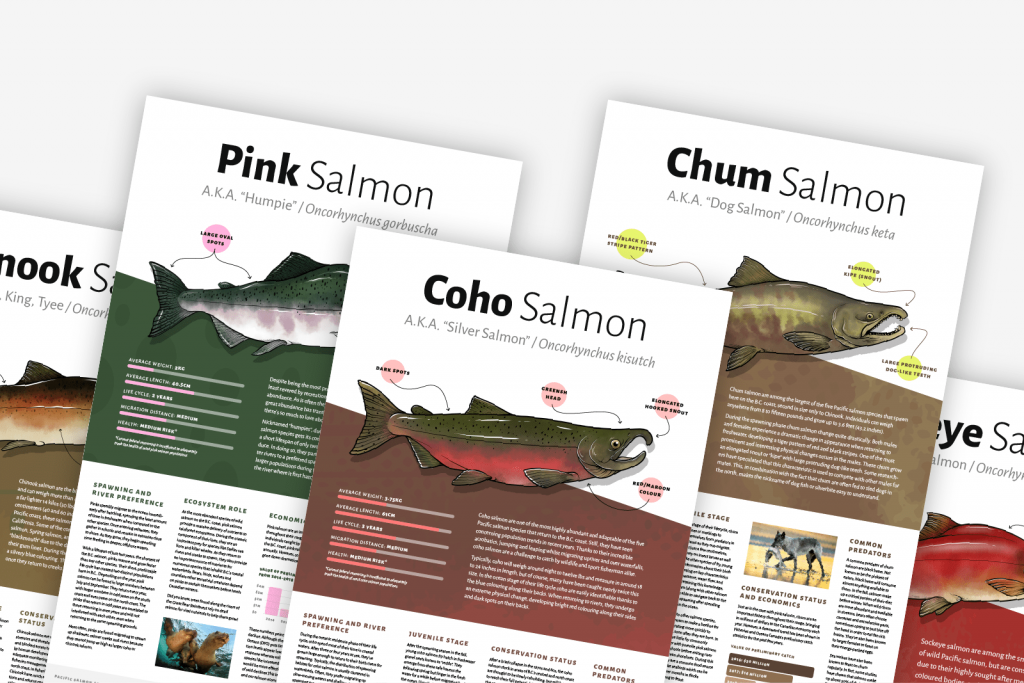1.
Lack of Adequate Monitoring
Photo: Roland Gockel. Stan Hutchings operates as the only charter patrolman in Fishing Area 6, an assessment zone on BC's north coast of more than 10,000 square kilometers. Decades ago, zones like this were monitored by many individuals. The increased capacity allowed them to capture accurate depictions of the health of wild salmon populations, informing more effective management.
2.
Disease Spreading Open Net Salmon Farms
3.
Climate Change
Our warming climate has a significant negative impact on wild salmon stocks along the Pacific coast. As ocean temperatures rise, marine habitats become nutrient poor and can cause confusion for salmon trying to find their way back to river mouths. Additionally, the increased carbon dioxide in the air has been attributed to ocean acidification, which has massive impacts on salmon food chains.
Aside from threats in the ocean stage of their lifecycle, climate change is creating unfavourable conditions for salmon survival when they return to freshwater systems. These warmer systems have made salmon more at-risk to parasites and disease as well as predators. Unpredictable weather systems have also caused powerful storms and floods to become more common. These events have been known to destroy both salmon spawning grounds and eggs.
4.
Infrastructure Expansions
Human industrial activities like dam developments have played a key role in salmon population declines on the Pacific coast as infrastructure destroys the streams and watersheds fish require for survival.
On the North and Central Coasts of British Columbia, the proposed 670-kilometre Coastal GasLink pipeline poses a high risk to migrating salmon populations. During the construction process, water quality in salmon migration routes will be severely impacted with increased sedimentation from trench excavation, erosion, and run-off from worksites. A series of new roads and access points to previously inaccessible areas would also result from the completion of the project. This increased human accessibility would indirectly increase salmon mortality through fishing and other human impacts in these sensitive salmon habitats.
Pipeline failures and their impact on wild salmon must also be considered. Petroleum products spilling into the surrounding salmon environment would likely have catastrophic impacts on fish.
Photo: Roland Gockel
